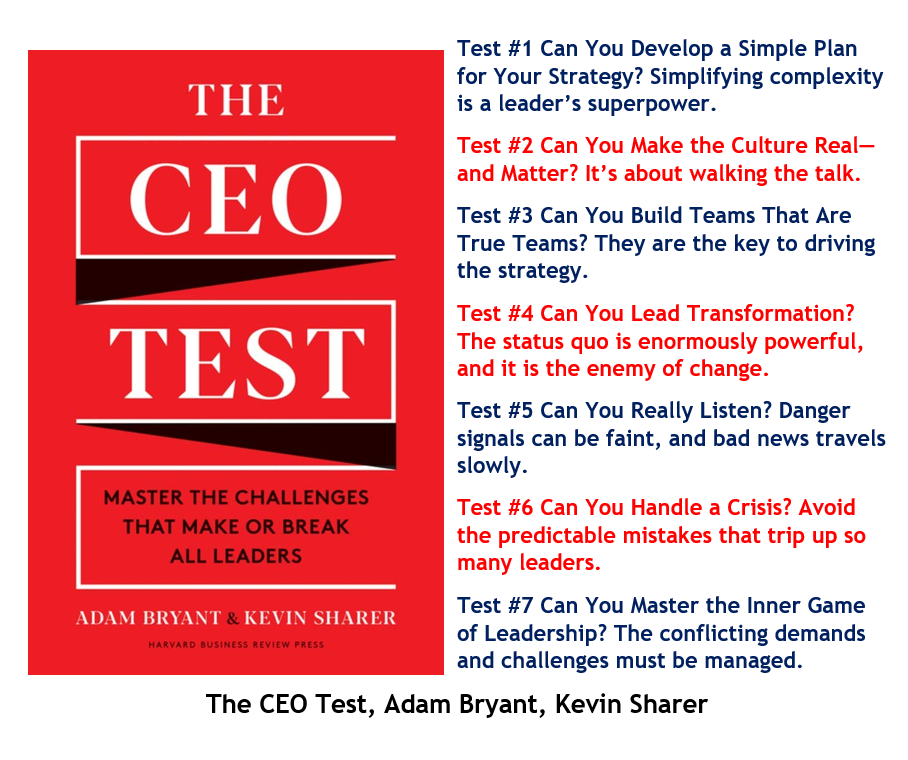 The CEO Test: Master The Challenges That Make Or Break All Leaders, authors Adam Bryant, and Kevin Sharer provide the key elements a CEO needs for success. This is not a touchy-feely book, although it does address the need for establishing culture. Nor is it a prescriptive book about how to create the right strategy. It reveals Seven Key Tests to be a successful CEO with key insights from leaders who are provided as examples.
The CEO Test: Master The Challenges That Make Or Break All Leaders, authors Adam Bryant, and Kevin Sharer provide the key elements a CEO needs for success. This is not a touchy-feely book, although it does address the need for establishing culture. Nor is it a prescriptive book about how to create the right strategy. It reveals Seven Key Tests to be a successful CEO with key insights from leaders who are provided as examples.
Today, I’ll concentrate on the first test. We’ll revisit the other 6 Tests in future blogs.
 CEO TEST #1 - Can You Develop a Simple Plan for Your Strategy?
CEO TEST #1 - Can You Develop a Simple Plan for Your Strategy?
Leaders struggle to align their team without clarity around a shared set of goals and why they are important. A lack of alignment encourages destructive silo behavior. People may work hard, yet their energy is wasted because the organization is out of sync. When team members feel they need to define what success looks like themselves and how their work is contributing to the business, there’s a big problem.
The first CEO test all leaders face: Can they create a clear and simple plan to get everyone moving in the same direction?
“The leader’s job is to simplify complexity, and be right,” Kevin Sharer points out, “It can’t be simple and wrong. It has to be simple and right.”
“What is your strategy?”
We ask this question in the first Scaling Up session workshops. The answers reveal, how clear or unclear the company’s strategy is.
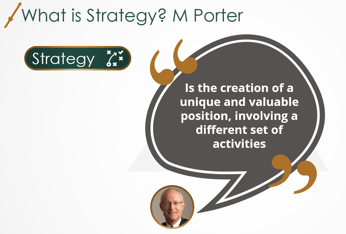 Don Knauss, the former CEO of Clorox, and a veteran board director said he looks for clarity—in effect, the result of effectively simplifying complexity—from leaders to describe their company’s “economic True North.”
Don Knauss, the former CEO of Clorox, and a veteran board director said he looks for clarity—in effect, the result of effectively simplifying complexity—from leaders to describe their company’s “economic True North.”
Knauss explains, “When you peel the onion back on whatever the company’s articulating in terms of how they’re going to win in the marketplace, it’s about the ‘right to win.’ You have to have a relevant point of difference for the consumer. It’s amazing how many times companies go down a rabbit hole where they really don’t have a relevant point of difference or a real competitive advantage…”
Why do so many executives struggle with this challenge? The biggest one starts with the fact the word “strategy” means different things to different people.
 Every Employee has Two Questions
Every Employee has Two Questions
Developing your company strategy into a simple plan means you address two questions every employee deserves an answer to:
- What should I be working on?
- Why is it important?
Your answer must meet a crucial standard: “It has to be crystal clear,” said Joseph Jimenez, the former CEO of Novartis.
It is a fact of life most people can’t remember more than three or four things a day today.
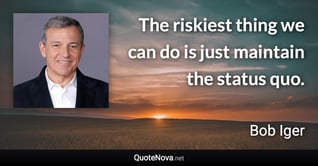 In his autobiography, The Ride of a Lifetime Bob Iger, Executive Chairman, The Walt Disney Company shares, “If you don’t articulate your priorities clearly, then the people around you don’t know what their own should be. Time and energy and capital get wasted. You can do a lot for the morale of the people around you (and therefore the people around them) just by taking the guesswork out of their day-to-day life. A lot of work is complex and requires intense amounts of focus and energy, but this kind of messaging is fairly simple: This is where we want to be. This is how we’re going to get there.”
In his autobiography, The Ride of a Lifetime Bob Iger, Executive Chairman, The Walt Disney Company shares, “If you don’t articulate your priorities clearly, then the people around you don’t know what their own should be. Time and energy and capital get wasted. You can do a lot for the morale of the people around you (and therefore the people around them) just by taking the guesswork out of their day-to-day life. A lot of work is complex and requires intense amounts of focus and energy, but this kind of messaging is fairly simple: This is where we want to be. This is how we’re going to get there.”
The drive to simplify is why McDonald’s focused relentlessly in its early years on four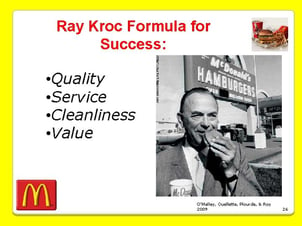 areas: quality, cleanliness, service, and value (QCS&V).
areas: quality, cleanliness, service, and value (QCS&V).
Ray Kroc, repeated it so often he once said, “If I had a brick for every time I’ve repeated the phrase ‘quality, service, cleanliness and value,’ I think I’d probably be able to bridge the Atlantic Ocean with them.”
Simplicity is the formula Playing to Win provides. We share simple strategy tools in 3HAG WAY. (SEE:
- Strategy Question - What Makes Your Brand Unique?
- The Power in Your Market Place,
- Find Your White Space - Key Attribution Framework,
- Differentiation – Does It Require Being the Best?, and
- Know Where You’re Going – The Power of Swimlanes
Your swim lanes provide focus on outcomes.
To create an environment where everyone is inspired to give their best, contact us today to schedule a free exploratory meeting.
Growth demands Strategic Discipline.
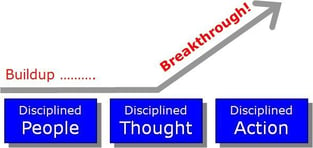 Building an enduring great organization requires disciplined people, disciplined thought, disciplined action, superior results, producing a distinctive impact in the world.
Building an enduring great organization requires disciplined people, disciplined thought, disciplined action, superior results, producing a distinctive impact in the world.
Discipline sustains momentum, over a long period of time, laying the foundations for lasting endurance.
-1.jpg?width=271&name=3%20Disciplines%20of%20Execution%20(Strategic%20Discipline)-1.jpg) A winning habit starts with 3 Strategic Disciplines: Priority, Metrics, and Meeting Rhythms. Forecasting, accountability, individual, and team performance improve dramatically.
A winning habit starts with 3 Strategic Disciplines: Priority, Metrics, and Meeting Rhythms. Forecasting, accountability, individual, and team performance improve dramatically.
Meeting Rhythms achieve a disciplined focus on performance metrics to drive growth.
Let Positioning Systems help your business achieve these outcomes on the Four most Important Decisions your business faces:
|
DECISION |
RESULT/OUTCOME |
|
PEOPLE |
|
|
STRATEGY |
|
|
EXECUTION |
|
|
CASH |
|
Positioning Systems helps mid-sized ($5M - $250M) business Scale-UP. We align your business to focus on Your One Thing! Contact dwick@positioningsystems.com to Scale Up your business! Take our Four Decisions Needs Assessment to discover how your business measures against other Scaled Up companies. We’ll contact you.
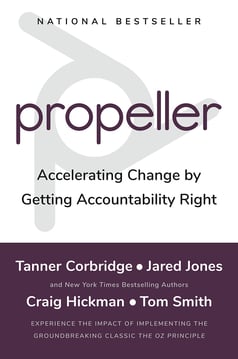 NEXT BLOG – See it. Own it. Solve it. Do it.
NEXT BLOG – See it. Own it. Solve it. Do it.
Get the People Decision right, and your business is a Harmonious Culture of Accountability. What’s your businesses’ level of accountability? Next blog, we explore Accountability, how so many leaders and company’s get it wrong, and how to correct it. Propeller: Accelerating Change by Getting Accountability Right by Tanner Corbridge, Jared Jones provides powerful insights into achieving a culture of accountability.






.jpeg?width=150&height=135&name=Hand%20with%20marker%20writing%20the%20question%20Whats%20Next_%20(1).jpeg)

